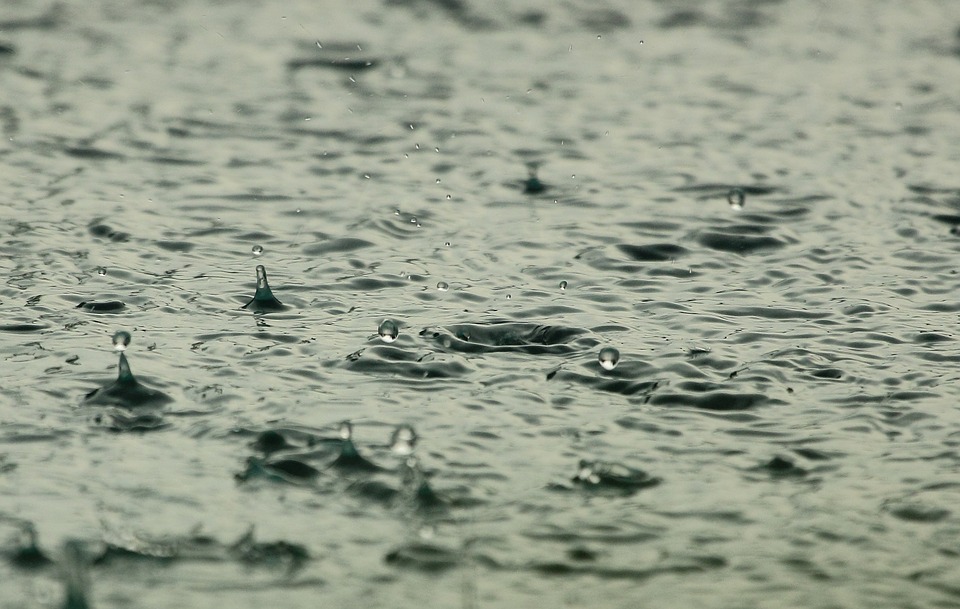El país atravesará una segunda temporada de lluvias, mucho más fuerte que la primera que fue de marzo a junio, alertó el IDEAM. El ente advirtió además, que la mayor intensidad en las lluvias se registraría en noviembre, debido a un enfriamiento en las aguas del océano Pacífico.
“Los incrementos más altos de precipitación son esperados para el mes de noviembre, ya que los modelos estiman registros de lluvias entre 40 % y 60 % por encima de los promedios históricos en el norte de La Guajira y centro del litoral caribe de los departamentos de Magdalena y Atlántico”, comunicó el Ideam.
La situación también afectará entre 20 por ciento y 40 por ciento otros departamentos del norte del país, como Magdalena, Atlántico y Cesar.
Asimismo, se prevén incrementos de lluvias entre 10 por ciento y 20 por ciento en Bolívar, Sucre y Córdoba, también en la región Caribe (norte), y una situación similar en Norte de Santander (nordeste), el altiplano cundiboyacense (centro), Huila (suroeste) y Quindío (oeste).





